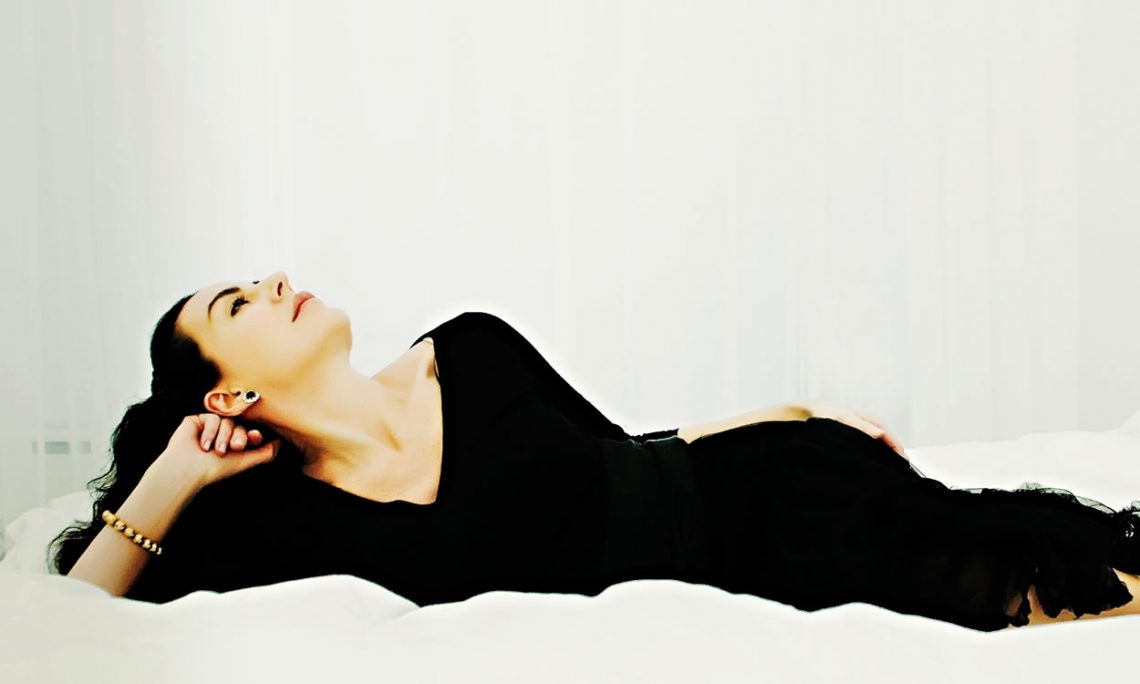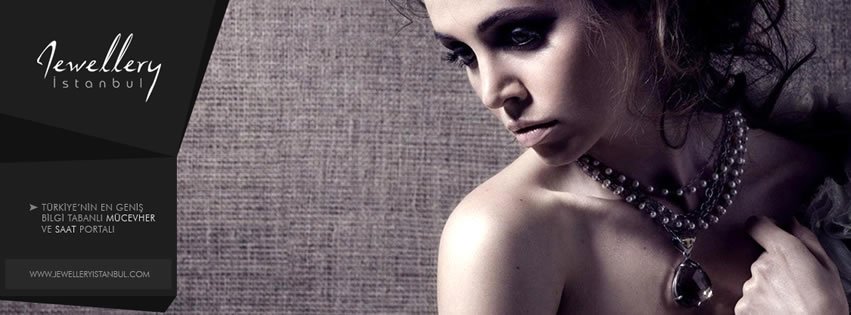Beholding beauty – the changing face of beauty over the centuries
From the dawn of civilization, people have valued beauty, an elusive quality that pleases our senses and elevates our existence. Over the centuries, many great minds have tried to define the essence of beauty and why we are so inclined to it. Some old theories, like Plato’s about symmetry and harmony, still stand and echo in our time, yet it feels like there is more to it than just perfect proportions. Aside from the aesthetic principles and art, the beauty of human body and face was, and still is, a continuous inspiration and imposed ideal to which should all strive. Although beauty standards from ages ago wouldn’t stand the test of time, a slight look back at ever-changing beauty trends can shed some light on how we perceive beauty nowadays.
Ancient times
From the first figurines representing female body to known drawings and sculptures, it is obvious that ancient world appreciated women’s beauty through the lens of fertility and health. Egyptian women were longhaired with accented eyes, while Greek beauties were blond and symmetrical, preferably with a unibrow, with pronounced hips and wide thighs. Chinese women were supposed to have long hair, pale skin and small feet which is still one of the most notorious body modifications. Roman women inherited many of the greek beauty standards with the touch of smooth white skin.
Middle age and Renaissance
Middle age beauty standards were much under the influence of Christianity and church approval. Women of the middle ages do their best to look slender and pale like Mother Mary, cover their hair and pluck their hairlines, use very little makeup to achieve pale skin. Renaissance brings much relief to women since the natural look is much appreciated. Renaissance beauties are voluptuous long-haired women, preferably blond, with a high hairline. Pale skin remains to be a beauty standard, but the makeup, aside from powders, is not a necessity.

Beholding beauty – the changing face of beauty over the centuries
Victorian and Edwardian era
Women of the period were the embodiment of motherhood, modesty, and class. Victorian women are very much body conscious, slim with a small waistline. Hourglass figure and long hair were symbols of femininity, while deep cleavage and makeup could be seen only on prostitutes. Edwardian women had the luxury to become more robust, but they’ve kept the corsets and hourglass figure. Given that dresses and skirts were long, ankles were extremely sexy back then. Edwardian beauty was a brunette with pale skin and rosy cheeks. And of course, the perfect ankle.
20th century
Previous century is about many and fast-changing beauty trends due to the rapid development of media and advertising. The ’20s brings the ambition to express the equality of the sexes, so curves are no longer desirable. Waistline descends, while haircuts are much shorter, usually to the ear. The ‘30s and ‘40s are long hair comeback, while ‘60s announce completely different style. Women of that period are no longer defined by modesty or health, but by pure sexuality and vigorous seductiveness. Supermodel era of the ‘80s is about launch the image of the tall, fit and athletic body which will end in heroin chic of the ‘90s. The twentieth century accelerated the way beauty trends are shifting, while it also introduced plastic surgery.

Beholding beauty – the changing face of beauty over the centuries
21th century
However, this century brings too many standards to follow, whether through television or social networks. Celebrities like Kim Kardashian or Angelina Jolie represent contemporary good looks and set high beauty standards. Aiming to reach that level of attractiveness, people often turn to cosmetic surgery to improve their look and to embody the ideal beauty. Lips, breast and butt augmentations are most popular procedures. However, it is of most importance to consult the experts in cosmetic surgery like the Silkwood Medical cosmetic surgeons from Sydney who will not allow any procedures that can damage your health. Although beauty standards are high nowadays, this is a century that has promoted all kinds of beauty, even the beauty of oversized or aging women.
Why do we strive for beauty?
The idea of beauty is with us from the early childhood. Every fairy tale tells the story of beautiful girls who are good and villains who are ugly. Beauty is an inevitable feature of young, noble and virtuous. Early in life, we receive an imprint in our minds that tells us that being beautiful means having it all. As we grow, we realize that fairy tales are fiction, yet we witness real-life events where attractive people seem to get better jobs, higher salaries, and a better life. Some studies show that we, ourselves, are more likely to be kind to attractive people than to those less attractive. Still wondering why beauty is such motivation?
Conclusion
Beauty may be in the eyes of the beholder, but the big secret to beauty is that it rests in all of us, from within. Inner happiness awakens the hidden beauty, although we tend to think it works another way around. Sure there are ways to improve our looks, but the perfect glow and our charm come from our satisfaction and love of life. Once we embrace who we are, once we reach the harmony and calmness and when we become grateful and aware of all the joys we experience, radiant beauty will surface out.








